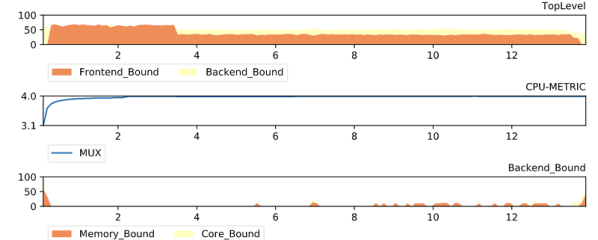Most of us have a pretty simple model of how a computer works. The CPU fetches instructions and data from memory, executes them, and writes data back to memory. That model is a good enough abstraction for most of what we do, but it hasn’t really been true for a long time on anything but the simplest computers. A modern computer’s memory subsystem is much more complex and often is the key to unlocking real performance. [Pdziepak] has a great post about how to take practical advantage of modern caching to improve high-performance code.
If you go back to 1956, [Tom Kilburn’s] Atlas computer introduced virtual memory based on the work of a doctoral thesis by [Fritz-Rudolf Güntsch]. The idea is that a small amount of high-speed memory holds pieces of a larger memory device like a memory drum, tape, or disk. If a program accesses a piece of memory that is not in the high-speed memory, the system reads from the mass storage device, after possibly making room by writing some part of working memory back out to the mass storage device.










